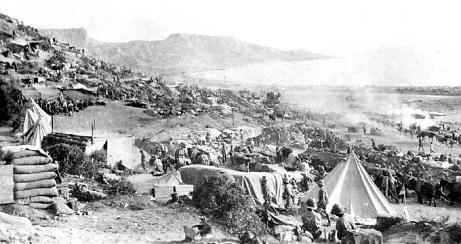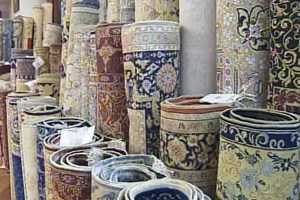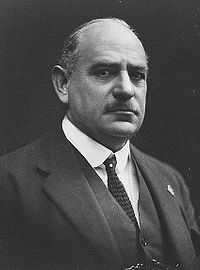A group of Rangitoto College students are about to embark on the trip of a lifetime to Turkey, thanks to the support of Canon New Zealand.
 The trip will see 10 students travel to Turkey where they will live with exchange families for two weeks and attend a special commemoration ceremony for those who fell at Gallipoli at Canakkale Savaslari on March 18th.
The trip will see 10 students travel to Turkey where they will live with exchange families for two weeks and attend a special commemoration ceremony for those who fell at Gallipoli at Canakkale Savaslari on March 18th.
Canon New Zealand has provided financial support for the students and their accompanying teachers, as well as equipment for a fundraising event and sweatshirts for the students.
Mike Johnston, Canon New Zealand Country Manager, says Canon has had a long association with Rangitoto College and is delighted to be able to provide assistance.
“This will be a life changing adventure for the students. The opportunity to learn about the past and forge relationships for the future is not one to be missed and we are proud that we can help Rangitoto College achieve this,” says Johnston.
David Hodge, Principal of Rangitoto College, is excited about the trip also, explaining, “This trip is a great opportunity for these students to not only learn about a new culture, but to live it. We are grateful to Canon for helping us send these students, as ambassadors of New Zealand, to experience Turkey.”
The student exchange is organised by Istanbul Lisesi, one of the oldest and most prestigious schools in Turkey, to build positive relationships between Turkey, New Zealand and Australia.
Rangitoto College was picked from a shortlist of over 100 New Zealand schools to make the trip.
Later in the year students from Istanbul Lisesi will stay with the New Zealand students’ families and attend the ANZAC Day ceremonies on April 25th.
About Canon
Canonis the world’s leading imaging brand that actively inspires with imaginative ideas that enable people to connect, communicate and achieve more than they thought possible through imaging solutions for business and consumers. Canon has ranked among the top-four US patent recipients for the past 18 years, and had global revenues of around $US35 billion in 2009. Canon New Zealand also operates Canon Finance New Zealand which offers one-stop shopping for customers wanting leasing or finance services. For more information, visit www.canon.co.nz, www.twitter.com/canonNZ
Released on behalf of Canon New Zealand by DonovanBoyd PR. For more great ideas on capturing that perfect moment with great digital cameras, visit the Canon website.
For further information contact:
John Boyd
Director
DonovanBoyd PR
09 379 2121 / 021 661 631
via Press Release: Canon supports school trip to Gallipoli.


